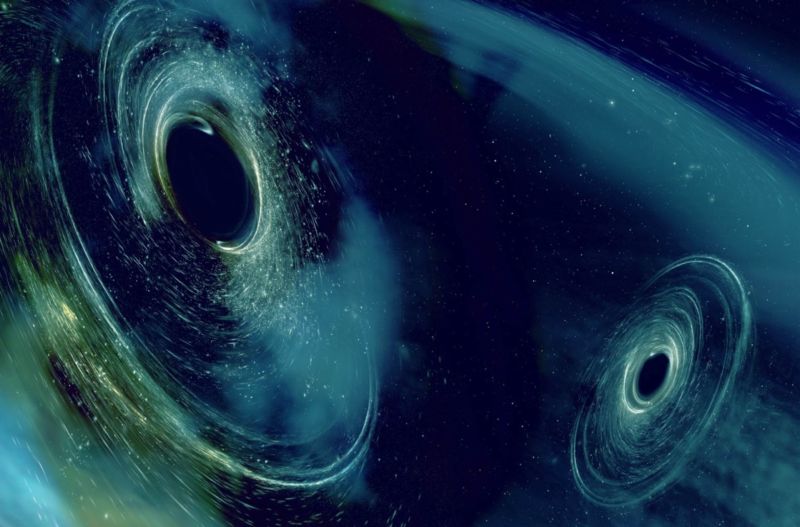Black Hole Mergers Continue as New Gravitational Waves are Detected

Back in February 2016 a team of researchers reached a new landmark when they were the first to detect gravitational waves. Multiple waves have been detected since and an international collaboration between observatories has improved overall sensitivity and data sharing abilities around the world.
Seven events have been previously confirmed, with six of them involving the fusion of binary black holes while the seventh implied a neutron star.
Last week, a team of researchers announced that they have successfully managed to detect a number of four new gravitational waves, elevating the total number of detections to eleven. The announcement was made at the 2018 Gravitational Wave Physics and Astronomy that took place at the University of Maryland between December 1st and December 4th.
The event is promoted by scientific several authorities and unites researchers from all the corners of the world, allowing them to present and discuss the latest discoveries in their fields.
The research has been compiled in the form of a complex catalog that captures all the information collected by the LIGO Scientific Collaboration and the Virgo Collaboration. The catalog depicts impressive bleeding-edge models of the gravitational waveforms and notes many interesting details like the mass spin and shape of the events.
The latest events were caused by the merger of binary black holes. They have been named GW170729, GW170809, GW170818 and GW170823. The names include the date on which the event was spotted.
According to one of the main contributors the collaboration between observatories was vital for the initiative. She also noted that the number of detection is likely to increase in 2019 as better technology and search protocols become available.
The binary black holes that were observed during the study are quite impressive as their mass is up to 50.6 bigger than that of our sun.
The results of the research have been published in two different papers available in peer-reviewed journals.
0 comments